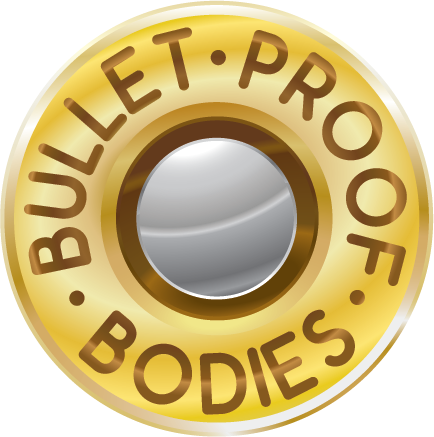Shoulder Symptom Modification Procedure is a new approach to treating “mechanical shoulder pain” which is particularly useful to our athletic community with activities like CrossFit.
You were introduced to Dr Jeremy Lewis in yesterday’s blog. He described shoulder impingement syndrome as a “cluster of symptoms” rather than a specific diagnosis.
These include:
Rotator cuff pathology
Scapula dyskinesis
Shoulder instability
Biceps pathology
SLAP lesion
GIRD (Gleno-Humeral Internal Rotation Deficit)
Impingement can be external (Type 3 Hooked Acromion) or internal (Rotator cuff between the humeral head and the glenoid rim.
Internal Impingement can be further divided into:
Anterior-Superior – Gleno-humeral joint – Shoulder flexion with internal rotation (back swing on ring muscle ups).
Posterior-Superior – Gleno-humeral joint – External Rotation with horizontal abduction (overhead throw).
What is the movement that the athlete is having trouble with?
Symptom modification = Pain reduction
The 4 stage process then begins:
1. Thoracic Spine Modification (Kyphosis or lack of extension)
2. Scapula position Modification
3. Gleno-Humeral Joint Modification
4. Cervical Spine Modification
What is the movement that the athlete is having trouble with?
Symptom modification = Pain reduction
The 4 stage Symptom Modification process then begins:
1. Thoracic Spine Modification (Kyphosis or lack of extension)
2. Scapula position Modification
3. Gleno-Humeral Joint Modification
4. Cervical Spine Modification
1. Treatment for the Thoracic spine could include postural awareness and correction assisted by taping, Thoracic extension exercises, Thoracic rotation exercises
2. Treatment for the Scapula position could include taping the scapula into a new starting position before the movement begins
3. Treatment for the gleno-humeral joint could include
The external rotation contraction against a theraband, followed by shoulder flexion (if that is the painful movement)
4. Treatment for the Cervical spine could include taping into a more optimal position, working on the isometric strength of the cervical spine re-tractors, range of movement exercises.
We are looking for a 30% change in pain for each part of the modification for this to be meaningful and your athlete to notice a change.
So some food for thought with Symptom Modification using the above information.

